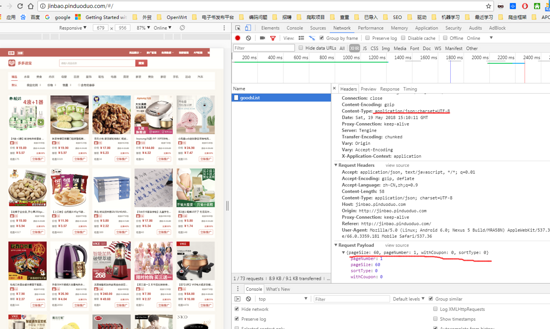python with statement 进行文件操作指南
由于之前有一个项目老是要打开文件,然后用pickle.load(file),再处理。。。最后要关闭文件,所以觉得有点繁琐,代码也不简洁。所以向python with statement寻求解决方法。
在网上看到一篇文章:http://effbot.org/zone/python-with-statement.htm是介绍with 的,参考着例子进行了理解。
如果经常有这么一些代码段的话,可以用一下几种方法改进:
代码段:
set thing up try: do something except : handle exception finally: tear thing down
案例1:
假如现在要实现这么一个功能,就是打开文件,从文件里面读取数据,然后打印到终端,之后关闭文件。
那么从逻辑上来说,可以抽取“打印到终端”为数据处理部分,应该可以独立开来作为一个函数。其他像打开、关闭文件应该是一起的。
文件名为:for_test.txt
方法1:
用函数,把公共的部分抽取出来。
#!/usr/bin/env python
from __future__ import with_statement
filename = 'for_test.txt'
def output(content):
print content
#functio solution
def controlled_execution(func):
#prepare thing
f = None
try:
#set thing up
f = open(filename, 'r')
content = f.read()
if not callable(func):
return
#deal with thing
func(content)
except IOError, e:
print 'Error %s' % str(e)
finally:
if f:
#tear thing down
f.close()
def test():
controlled_execution(output)
test()
方法2:
用yield实现一个只产生一项的generator。通过for - in 来循环。
代码片段如下:
#yield solution
def controlled_execution():
f = None
try:
f = open(filename, 'r')
thing = f.read()
#for thing in f:
yield thing
except IOError,e:
print 'Error %s' % str(e)
finally:
if f:
f.close()
def test2():
for content in controlled_execution():
output(content)
方法3:
用类的方式加上with实现。
代码片段如下:
#class solution
class controlled_execution(object):
def __init__(self):
self.f = None
def __enter__(self):
try:
f = open(filename, 'r')
content = f.read()
return content
except IOError ,e:
print 'Error %s' % str(e)
#return None
def __exit__(self, type, value, traceback):
if self.f:
print 'type:%s, value:%s, traceback:%s' % \
(str(type), str(value), str(traceback))
self.f.close()
def test3():
with controlled_execution() as thing:
if thing:
output(thing)
方法4:
用with实现。不过没有exception handle 的功能。
def test4():
with open(filename, 'r') as f:
output(f.read())
print f.read()
最后一句print是用来测试f是否已经被关闭了。
最后总结一下,写这篇文章的目的主要是受了一句话的刺激:“使用语言的好特性,不要使用那些糟糕的特性”!python真是有很多很优雅的好特性,路漫漫其修远兮,吾将上下而求索。。。
